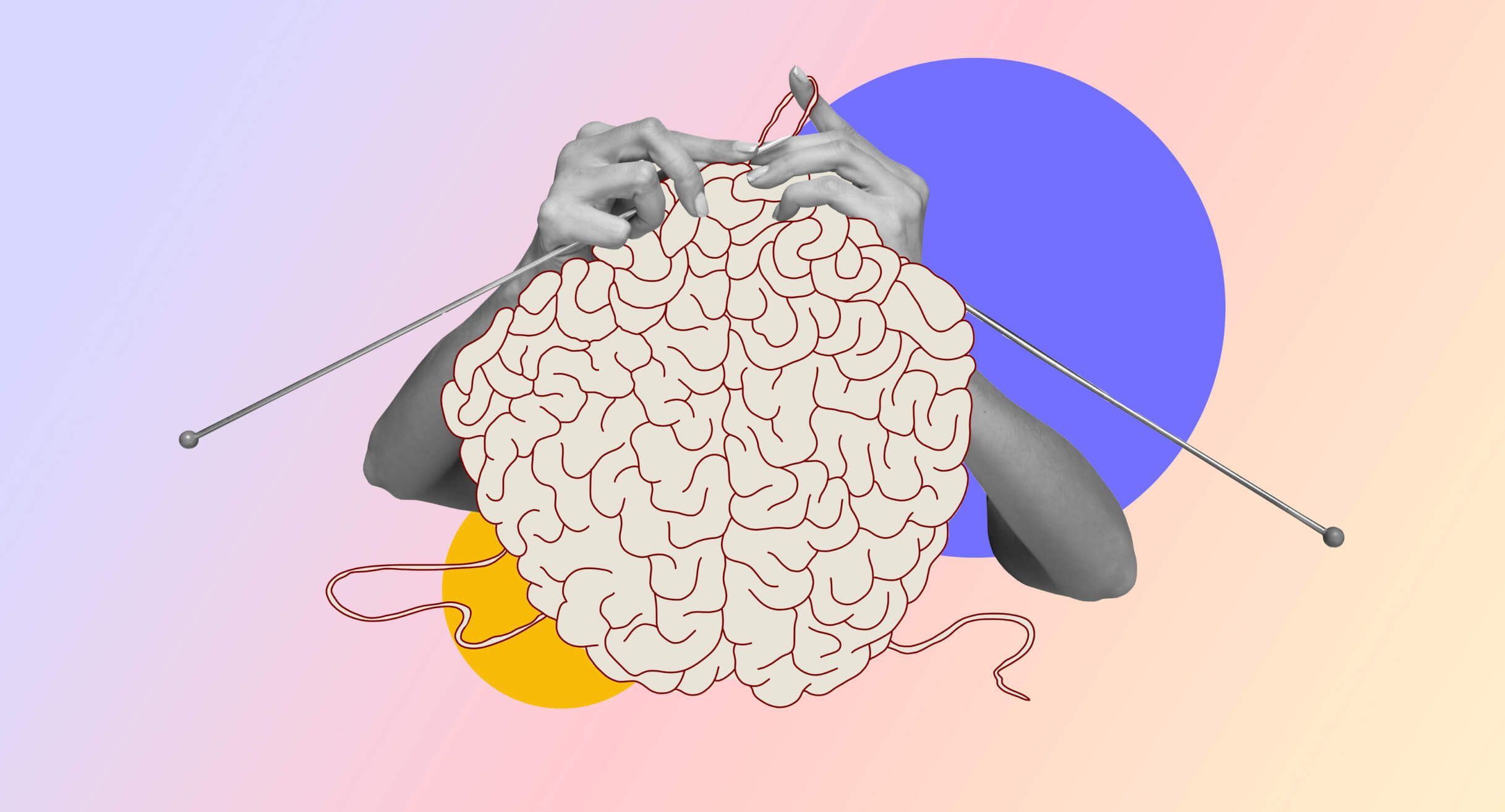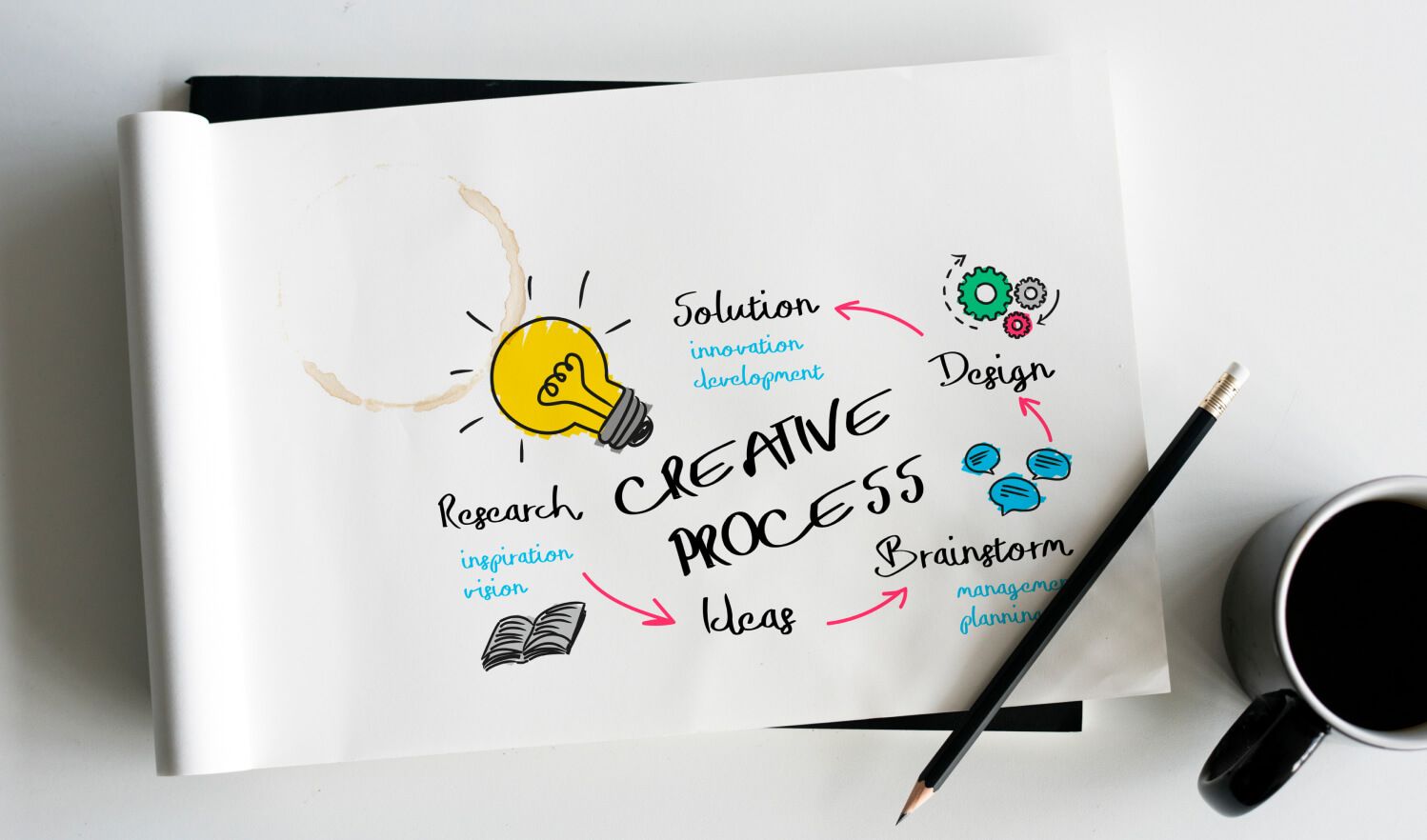
From Strategy to Experience: The Dynamic Relationship Between Brand Building and UX
May 26, 2023
Written by Marija Jamandilovski
8 min read
Brand strategists and UX designers often coexist in the same companies (design or other). But it seems that they rarely sit at the same table when it comes to building digital products. While brand strategy is commonly associated with advertising and established giants like Apple or Coca-Cola, its role in startups, especially ones building digital products, is often overlooked.
This disconnect is evident not only among design professionals but also in the focus and requests of clients. Some prioritize creating user experience for new products, neglecting brand strategy. In contrast, others will invest heavily in visual identity and marketing tactics for established brands, disregarding the importance of enhancing the product experience.
But brand strategy and UX design are two sides of the same coin. They share a common goal: solving problems by understanding people and what they need. When these disciplines work harmoniously, they will strongly impact a brand’s identity, perception, and overall success.
Brand strategy – more than a logo
Businesses are slowly but surely moving forward from the notion that brand is simply their logo and visual identity and starting to think strategically. At its core, brand strategy defines a brand’s purpose, values, and personality. It encompasses positioning, target audience, and unique selling points that differentiate a brand from competitors. Brand strategists work closely with clients to develop a comprehensive understanding of these aspects and translate them into actionable strategies. Defining this core establishes a foundation for the rest of the work – everything from visual identity to communication strategy, from HR to PR, especially including the UX. The brand strategy guides a business in decision-making in all of these areas by providing insights into what a product needs to accomplish for its users and in what way.
Empathy is crucial when building (digital) products AND brands. It is THE (not-so) secret weapon of both brand strategists and designers. While logic may inform decisions, science says that emotions drive about 95% of them. People connect with brands the same way they connect with other people – based on feelings. And they become attached to those they feel connected to. Brand strategy defines how to create these emotional bonds. By understanding how people need to feel about a brand, designers can tailor a user experience to evoke the desired emotional response.

How brand strategy fuels user experience design
1. Establishing user-centric goals
A brand strategy helps define the goals and objectives for a digital product, always keeping a user’s perspective in focus. It provides a deep understanding of a target audience and thus sets a foundation for a user-centric approach. It guides the design and development process, ensuring the product aligns with brand values while meeting user expectations and solving pain points.
2. Defining Brand Personality and Voice
A well-defined brand strategy outlines the brand’s personality, values, and voice. This information is essential for creating a consistent and cohesive UX. The brand’s personality and voice should be reflected in the tone of the copy, visual design, and interactions within the digital product. This consistency helps users develop a strong association between the brand and the digital product, fostering trust and brand recognition..
3. Enhancing Emotional Connection
A brand strategy helps to establish an emotional connection between the brand and its users. Through UX design, the digital product can evoke specific emotions aligned with the brand’s intended perception. Through visual aesthetics, interactive elements, or storytelling, the UX can elicit emotions that resonate with users and reinforce the connection with the brand.
4. Guiding Visual Design and Branding Elements
The brand strategy provides guidelines for visual design and branding elements within the digital product. It defines the color palette, typography, logo usage, and other visual assets contributing to the overall brand identity. By incorporating these elements into the digital product’s UI design, the UX becomes an extension of the brand, creating a seamless and recognizable user experience.
5. Creating Consistency Across Touchpoints
A cohesive brand strategy ensures consistency across different touchpoints, including the digital product. Users who interact with the app should experience a seamless transition from other brand touchpoints, such as the website or marketing materials. Consistency in branding elements, messaging, and user interactions builds trust, reinforces brand identity, and enhances the overall UX.
6. Supporting User Retention and Loyalty
A well-executed brand strategy integrated into the UX contributes to user retention and loyalty. It helps in determining the best ways a product should interact with the users so they are likelier to develop a strong connection with the brand. This connection fosters loyalty, encourages repeat usage, and promotes advocacy among users.
User experience is one of the essentials of building a solid brand
User experience encompasses users’ overall experience while interacting with a digital product or service. It focuses on creating experiences that are intuitive, enjoyable, and valuable to the user taking into account various factors, including usability, accessibility, visual design, information architecture, and interaction design. And it aims to understand user needs, behaviors, and motivations, ensuring that the design meets those needs effectively.

A well-designed user experience considers the context in which users interact with the product, providing seamless and meaningful experiences across different devices and platforms. It prioritizes simplicity, clarity, and efficiency, reducing friction and cognitive load for users. By incorporating these characteristics, UX design aims to create experiences that not only meet user expectations and solve their problems but also evoke positive emotions and leave a lasting impression.
UX designers possess a deep understanding of human behavior, cognitive processes, and usability principles. They leverage this knowledge to design interfaces, interactions, and workflows that facilitate seamless navigation and enjoyable interactions with digital products.
How user experience supports brand development

1. Positive Perception and Emotional Connection
A well-crafted UX design evokes positive emotions and experiences for users. When users have an enjoyable interaction with a digital product or service, it creates a positive perception of the brand. Good UX can tap into users’ emotions, delight them, and create a memorable experience that fosters a strong emotional connection with the brand.
2. User-Centric Approach
A well-executed brand strategy integrated into the UX contributes to user retention and loyalty. When users have positive experiences interacting with a product, they are likelier to develop a strong connection with the brand. This connection fosters loyalty, encourages repeat usage, and promotes advocacy among users.
3. Seamless and Intuitive Interactions
Good UX design focuses on simplicity and ease of use. When users can effortlessly navigate and accomplish tasks within a digital product or service, it enhances their overall satisfaction. By removing friction and reducing cognitive load, good UX enables users to achieve their goals efficiently. This streamlined experience contributes to a positive brand perception and builds trust in the brand’s ability to deliver on its promises.
4. Consistency and Brand Recognition
Good UX design focuses on simplicity and ease of use. When users can effortlessly navigate and accomplish tasks within a digital product or service, it enhances their overall satisfaction. By removing friction and reducing cognitive load, good UX enables users to achieve their goals efficiently. This streamlined experience contributes to a positive brand perception and builds trust in the brand’s ability to deliver on its promises.
5. Building Brand Loyalty and Advocacy
Good UX design also fosters brand loyalty among users. When users consistently have positive experiences with a brand’s digital product or service, it cultivates loyalty and encourages repeat usage. Satisfied users are more likely to become brand advocates, sharing their positive experiences with others and contributing to word-of-mouth marketing. Brand love is fostered when users not only enjoy the product but also become enthusiastic promoters of the brand.
6. Differentiation in a Competitive Landscape
In a crowded marketplace, good UX design can be a crucial differentiator for a brand. When a brand invests in delivering exceptional user experiences, it sets itself apart from competitors. Users are more likely to choose and stick with a brand that consistently delivers a superior UX over those that offer a bad or frustrating experience. Good UX design creates a competitive advantage and helps a brand stand out as one that genuinely values its users.
Brand strategy + UX design
The connection between UX and brand strategy lies in the fact that both disciplines share a common goal: to create a consistent, compelling, and memorable experience for users that aligns with the brand’s purpose. When UX designers fully understand the brand strategy, they can incorporate its elements into the design process, ensuring that the user experience reflects the brand’s personality, values, and objectives.
A strong connection between UX and brand strategy yields several benefits.
-

Coherence
Coherent brand experience across all touchpoints is very important. Users should feel a sense of familiarity and consistency when interacting with a brand’s website, app, or other digital platforms. This consistency fosters trust, recognition, and a strong brand identity.
-

Differentiation
Aligning UX with brand strategy enables brands to differentiate themselves in the competitive marketplace. By designing experiences that reflect the brand’s unique attributes, values, and value proposition, UX designers can help brands stand out and leave a lasting impression on users. This differentiation contributes to building brand loyalty and advocacy.
-

Connection
By involving both brand strategists and UX designers from the start, we ensure that the brand’s essence is intricately woven into every aspect of the user experience. Together, we explore the brand’s unique selling points, target audience, and competitive landscape and then translate these insights into actionable UX strategies.
Strategies for Uniting Brand and UX Design
Uniting brand strategy with UX design requires a strategic and collaborative approach that incorporates the insights and expertise of both. This way, brands can create experiences that resonate deeply with their target audience.
Here are some specific strategies that foster alignment and collaboration.

Create User Personas Aligned with Brand Archetypes
User personas represent fictional characters that embody the characteristics of the target audience. To align them with the brand strategy, it is crucial to associate each user persona with a corresponding brand archetype. For instance, if the brand aims to be a trusted advisor, the user personas should reflect the qualities of individuals seeking expert guidance. This alignment ensures that the UX design resonates with the intended brand perception.
Map User Journeys with Brand Touchpoints
User journeys illustrate the path users take while interacting with a product or service. By mapping user journeys with brand touchpoints, UX designers can identify key moments where the brand’s values, personality, and messaging can be integrated. This integration ensures that the brand’s essence is consistently conveyed throughout the user’s experience, reinforcing the brand strategy at every stage.


Develop a Comprehensive Design System
A design system serves as a centralized resource that outlines the visual and interactive elements of a brand. By incorporating brand guidelines, typography, colors, and UI components into the design system, UX designers can ensure that the UX aligns seamlessly with the brand’s identity. This ensures consistency and cohesiveness across all touchpoints and enhances the brand experience..
Involve the Brand Team in the Design Process
To create a cohesive brand experience, it is vital to involve the brand team in the UX design process. Collaboration between brand strategists, marketers, and UX designers ensures everyone understands and embraces the brand strategy. Regular meetings, workshops, and feedback sessions provide opportunities for cross-functional discussions, fostering a shared understanding and alignment between brand strategy and UX design.


Conduct Brand Experience Audits
Periodically reviewing and auditing the brand’s touchpoints and user experiences can reveal areas where the UX design may deviate from the brand strategy. These audits can identify inconsistencies, gaps, or missed opportunities to reinforce the brand’s values and messaging. Based on the audit findings, UX designers can make adjustments and refinements to align the UX with the brand strategy more effectively.
Implement Continuous Communication and Collaboration
Maintaining open channels of communication and fostering collaboration between the brand team and UX designers is critical. Regular check-ins, brainstorming sessions, and shared documentation platforms enable ongoing discussions and updates. This continuous collaboration ensures that any changes in the brand strategy or UX design can be communicated, understood, and integrated smoothly, avoiding any disconnections.


Conduct User Research with Brand Perception in Mind
When conducting user research, it is essential to consider the brand’s desired perception and align the research objectives accordingly. Insights gained from user research should be filtered through the lens of the brand strategy, identifying opportunities to enhance the brand experience. By integrating user research findings into the UX design process, designers can create experiences that resonate with users and align with the brand’s values.

• • •
In today’s highly competitive digital landscape, the collaboration between UX design and brand strategy is no longer a luxury—it’s a necessity.
People at the Moye team are all about creating a holistic approach encompassing every touchpoint of your brand. We want to understand every aspect and build a design that does the hard work. Combining the power of UX design, creating seamless and intuitive experiences, with the strategic vision of brand strategy, we’ll create experiences that make your product stand out and attract lifelong users.